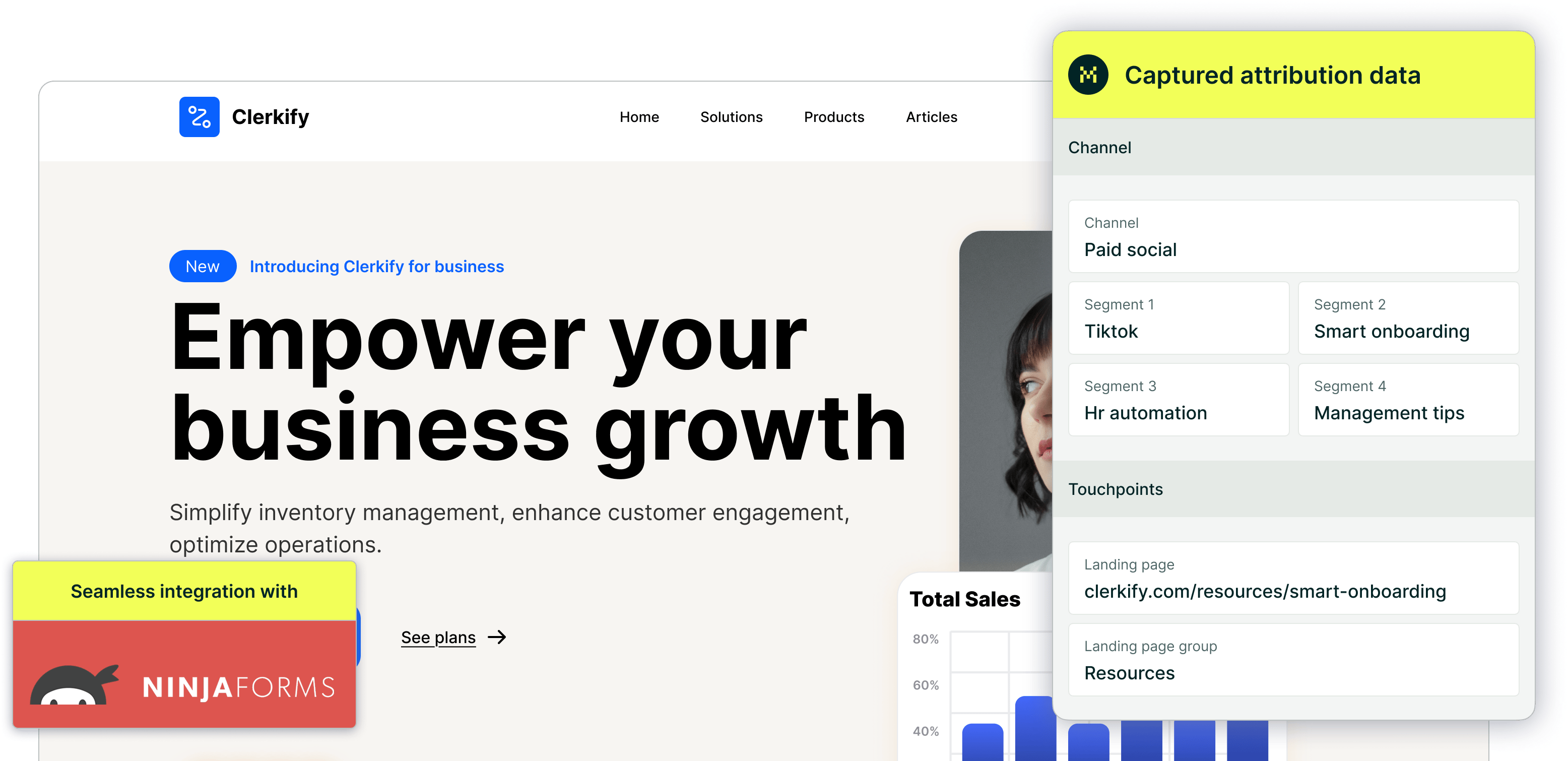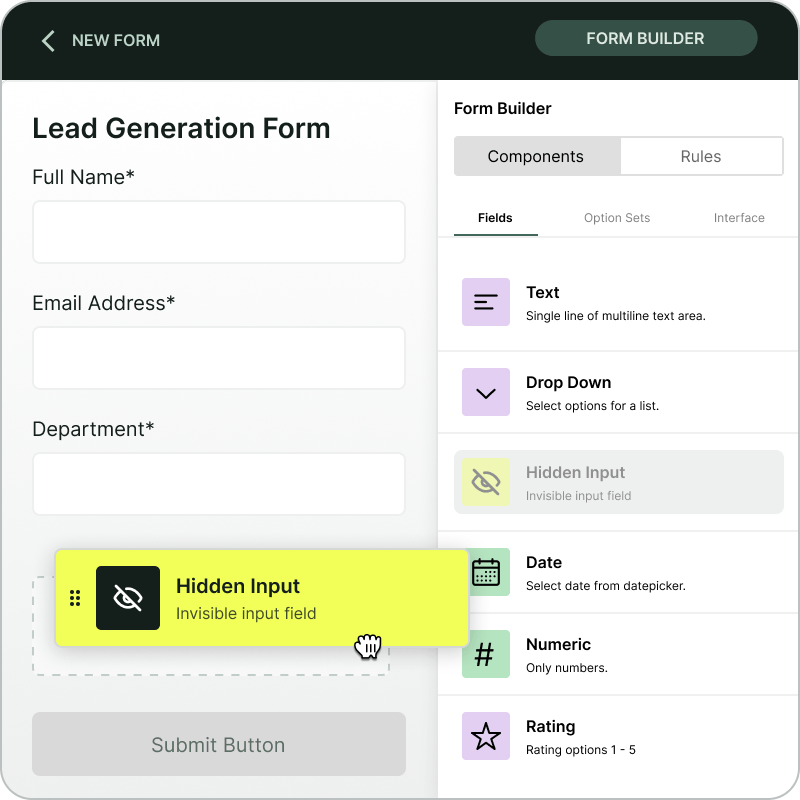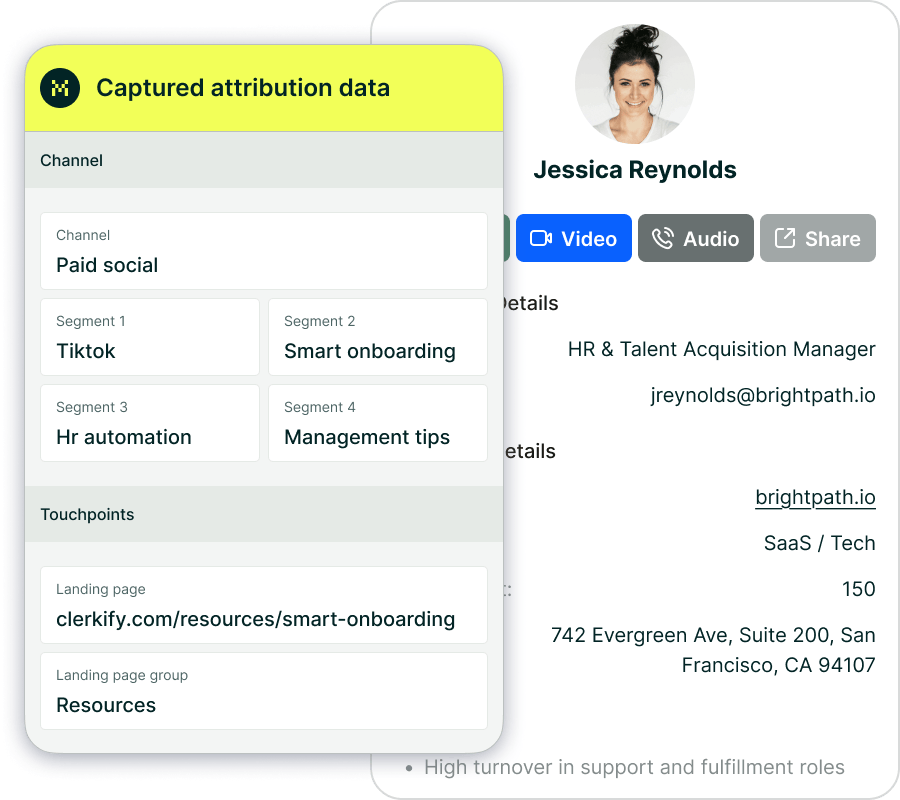First-Party Cookies and Privacy


In the evolving landscape of digital marketing, web cookies have long been fundamental tools for tracking user behavior, personalizing experiences, and gathering data. Recently, discussions about the "death" or "demise" of cookies have gained momentum, primarily focusing on the phasing out of third-party cookies. It's essential to understand that not all cookies are the same; different types serve various functions, and this distinction is crucial for Madlitics customers.
Use of first-party cookies
Madlitics utilizes first-party cookies to collect and analyze data directly from your website's visitors. These cookies are stored by the domain that the user is visiting and are integral to functions like remembering user preferences, maintaining session states, and providing analytics data. By leveraging first-party cookies, Madlitics ensures that the data collected is both relevant and respectful of user privacy, as these cookies are not shared across different websites aligning with current privacy standards and ensuring that the phasing out of third-party cookies does not impact the performance of Madlitics.
Understanding different types of cookies
Web cookies can be categorized based on their origin and function.
First-Party Cookies
First-party cookies are created and stored by the website a user is currently visiting. They are commonly used to remember user settings, keep users logged in, and gather analytics data to improve site performance. For instance, when you add items to a shopping cart and navigate away, first-party cookies ensure that your selected items remain in the cart upon return.
Third-Party Cookies
Third-party cookies, on the other hand, are created by domains other than the one the user is visiting. These are typically used for tracking users across multiple sites, enabling advertisers to build profiles based on browsing history and deliver targeted ads. For example, after viewing a product on one site, you might see ads for that product on other, unrelated sites, facilitated by third-party cookies.
The move to phase out third-party cookies stems from growing concerns over privacy and data security. Browsers like Google Chrome have announced plans to eliminate support for third-party cookies, aiming to enhance user privacy and give individuals more control over their data. This shift means that while third-party cookies are being restricted, first-party cookies remain unaffected due to their essential role in website functionality and their limited scope of data sharing.
The future of cookies
Looking ahead, the future of cookies is centered on balancing user privacy with the need for personalized experiences. While the landscape is evolving, it's unlikely that first-party cookies will be phased out, as they are fundamental to how the web operates. Without them, basic functionalities like user logins, language preferences, and shopping carts would be compromised. Moreover, first-party cookies are accessible only by the originating site and are not used to track behavior across multiple sites, addressing many privacy concerns associated with third-party cookies.

https://yoursite.com/?utm_source=linkedin&utm_medium=paidsocial&utm_campaign=q1_promo

As a Madlitics customer, you can trust that our platform's reliance on first-party cookies ensures that your data collection and analytics processes are secure, privacy-compliant, and future-proof. Our commitment to utilizing first-party data means that your marketing strategies will continue to be effective today, tomorrow, and well into the future.



